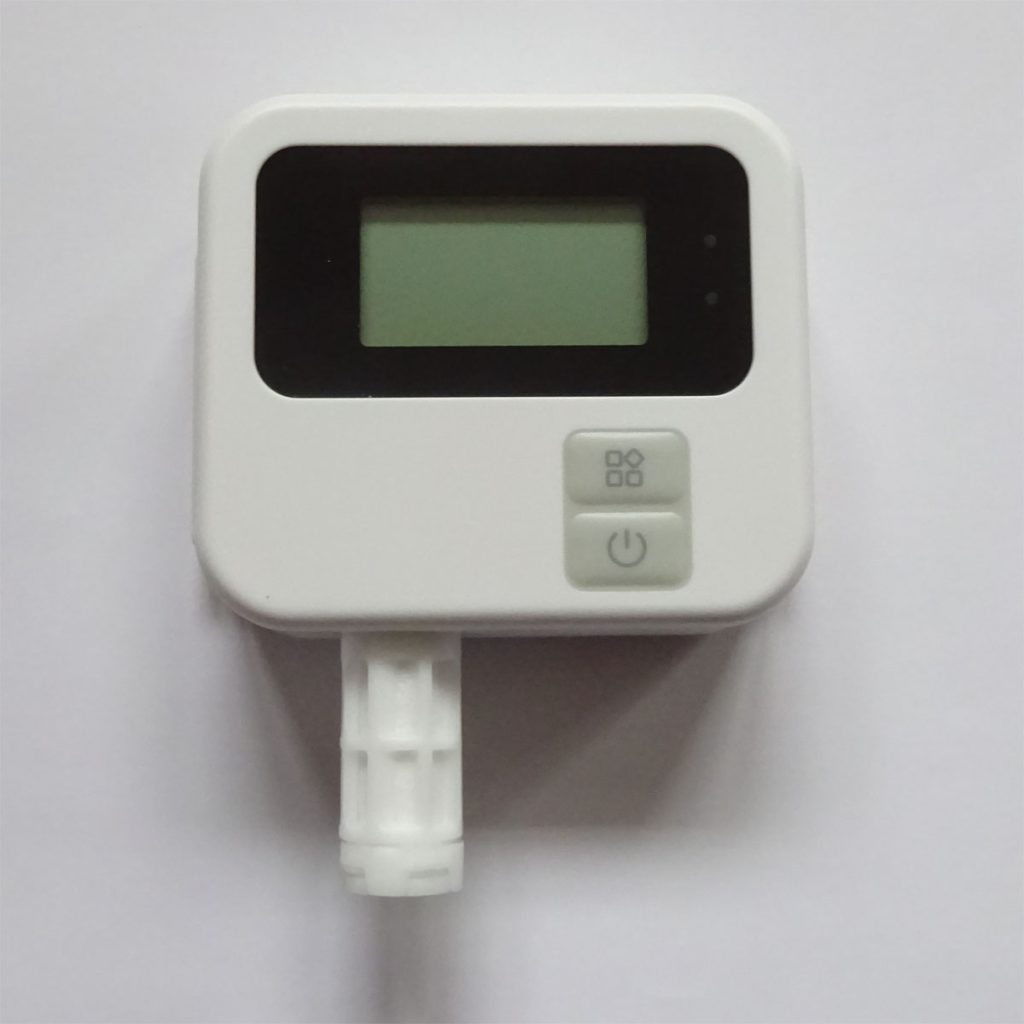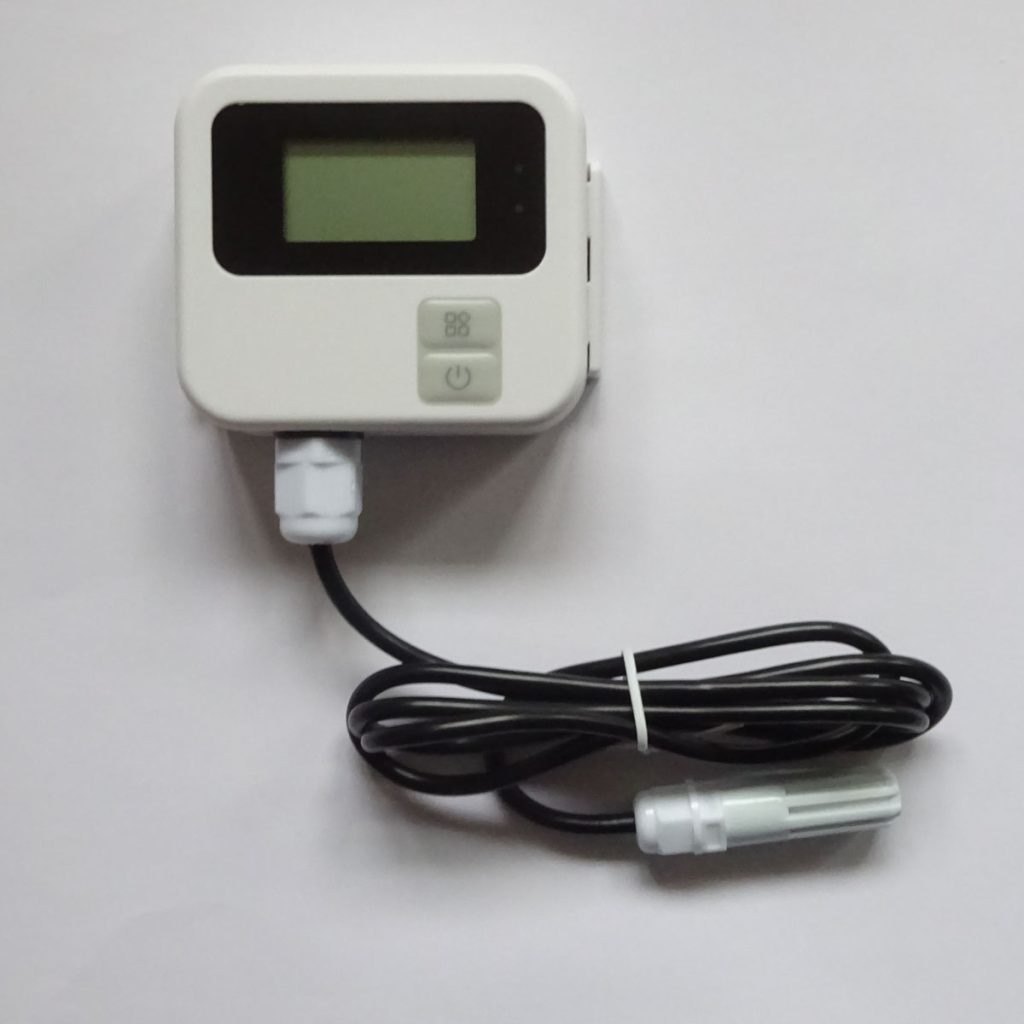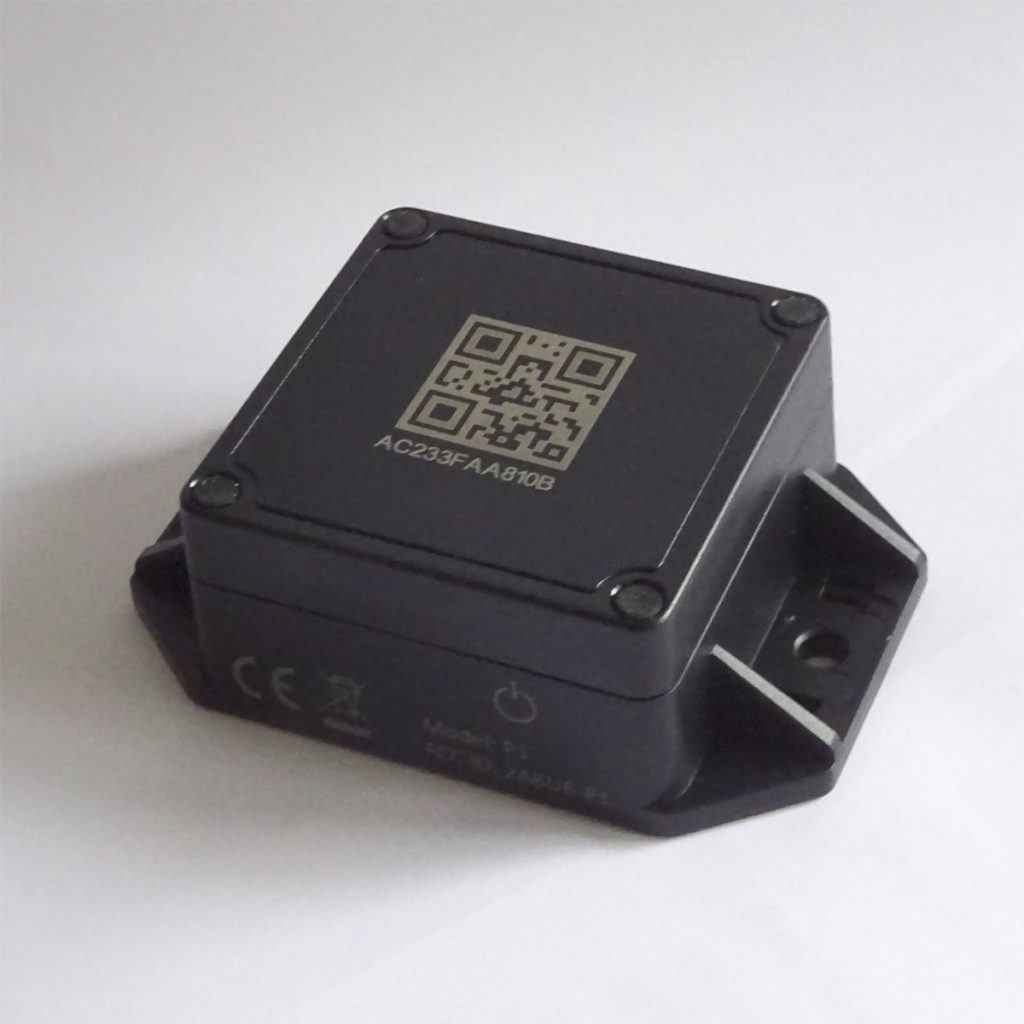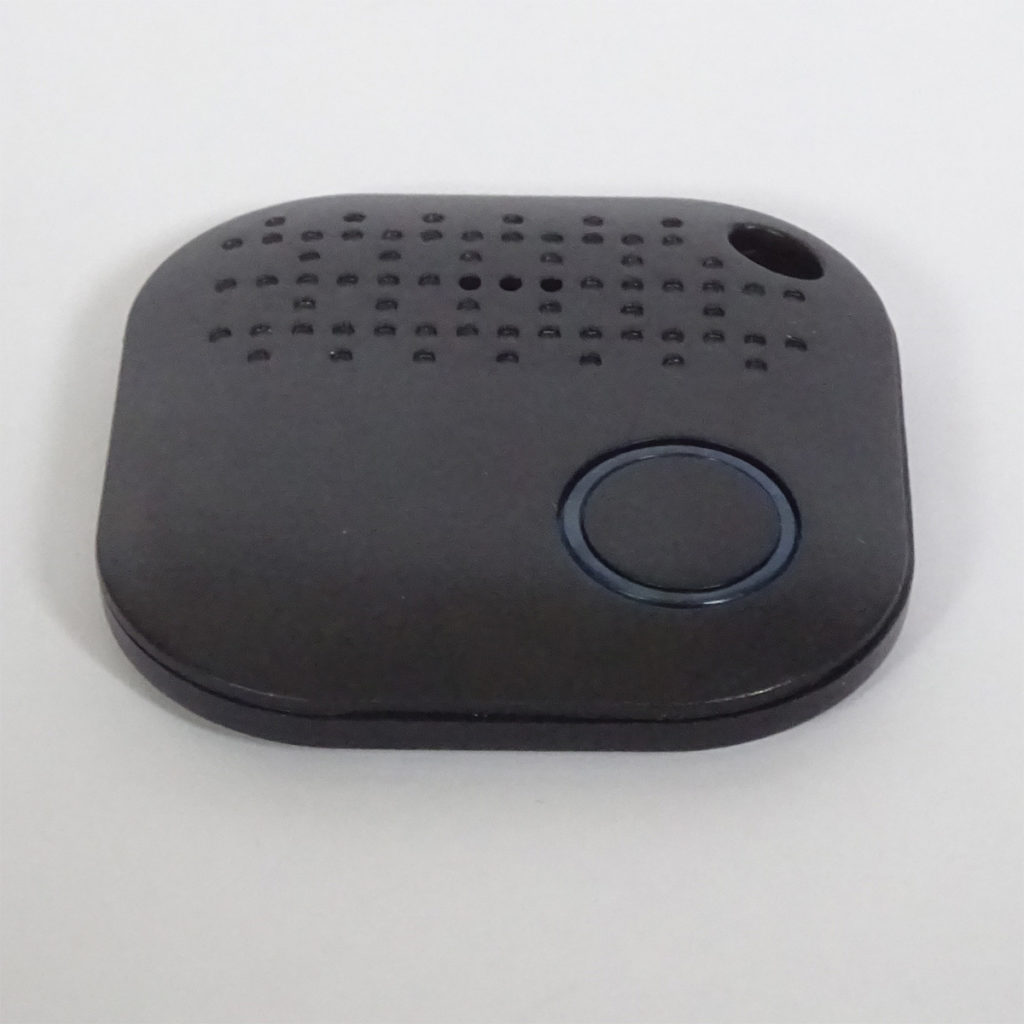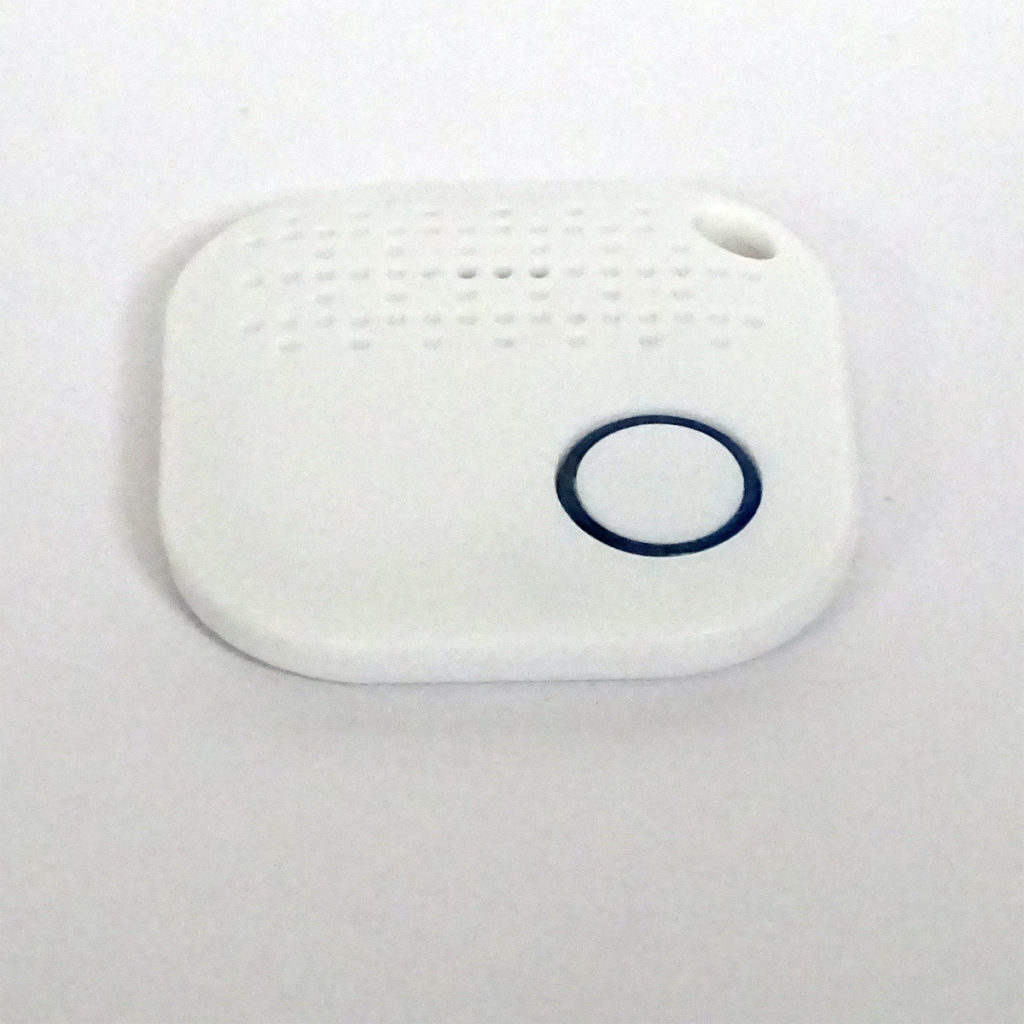INGICS have released a new product, the iBS08T Bluetooth Sensor Beacon, which combines temperature, humidity and light sensing in a compact, rugged design. With up to seven years of battery life, an operating range from -40°C to 85°C and IP67 protection, it is designed to perform reliably in demanding environments. The beacon also includes offline temperature and humidity storage, acting as a data logger with capacity for up to 6000 records.
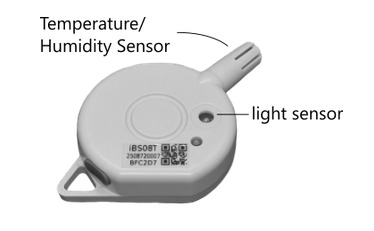
This versatile device can be used in a wide range of applications, including monitoring refrigerators and freezers where condensation is common, safeguarding treasured items such as instruments and keepsakes, supporting cold chain management in refrigerator trucks and containers, and greenhouse monitoring.
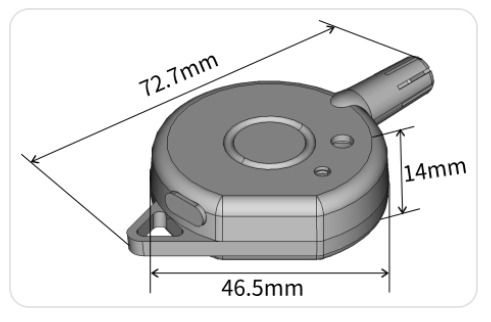
Three features make the iBS08T stand out from other beacons. Firstly, it includes a light sensor that provides actual light levels rather than a simple on/off reading. Secondly, it is engineered to continue working even when condensation occurs, ensuring uninterrupted monitoring. Finally, it can be supplied pre-calibrated by INGICS or calibrated by the user, offering flexibility that is not usually available with other beacons.
Although we do not stock this product in our web store, it is available by special order and can also be included as part of custom projects.
